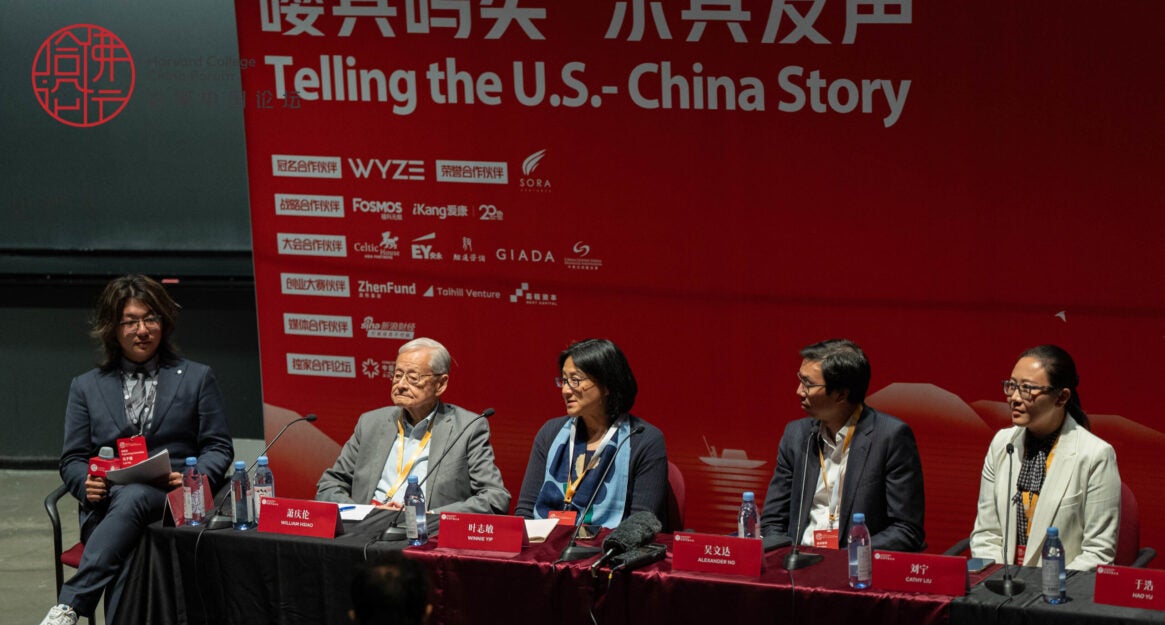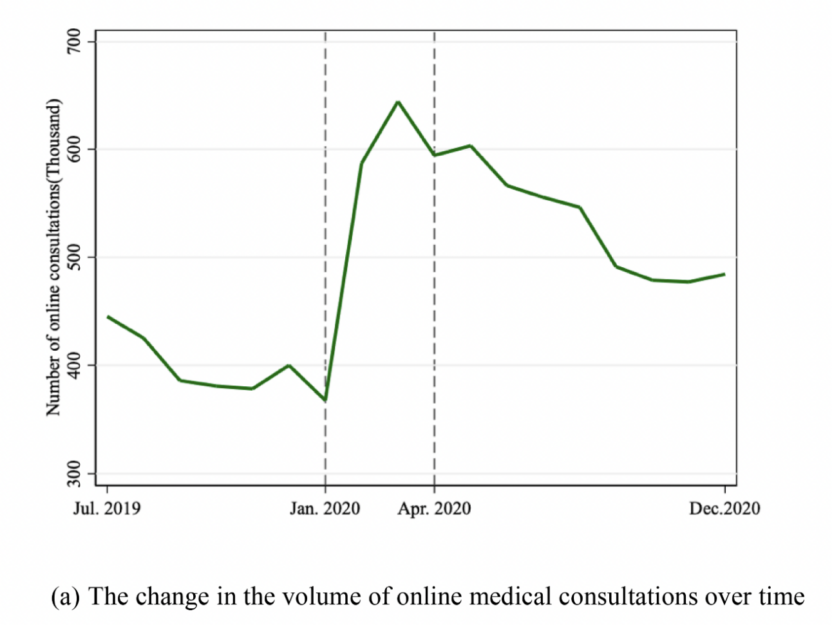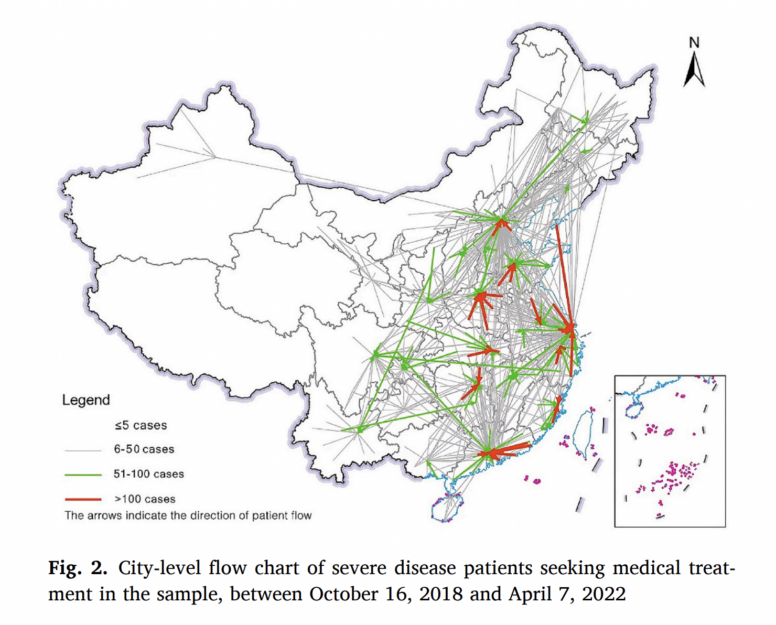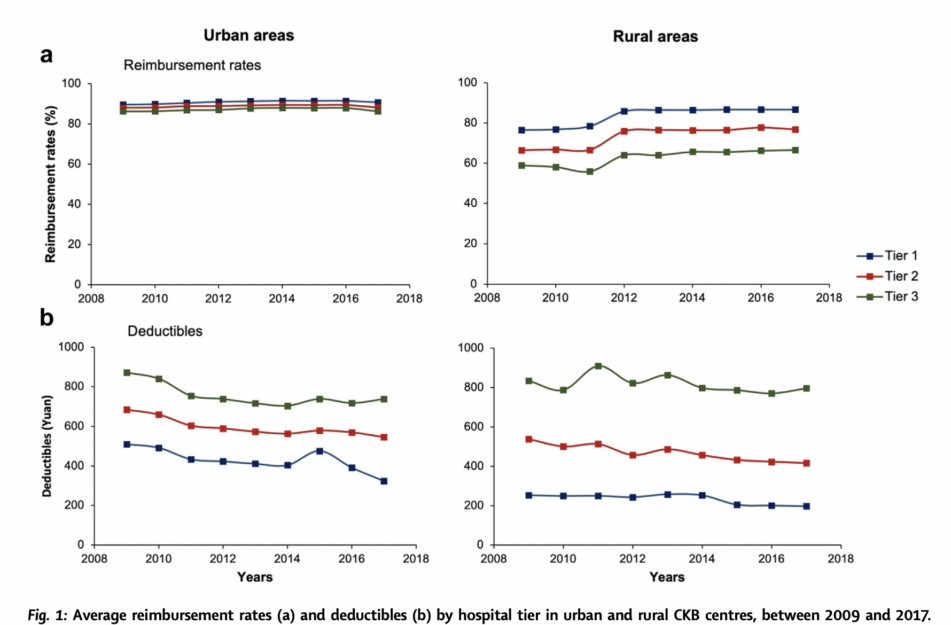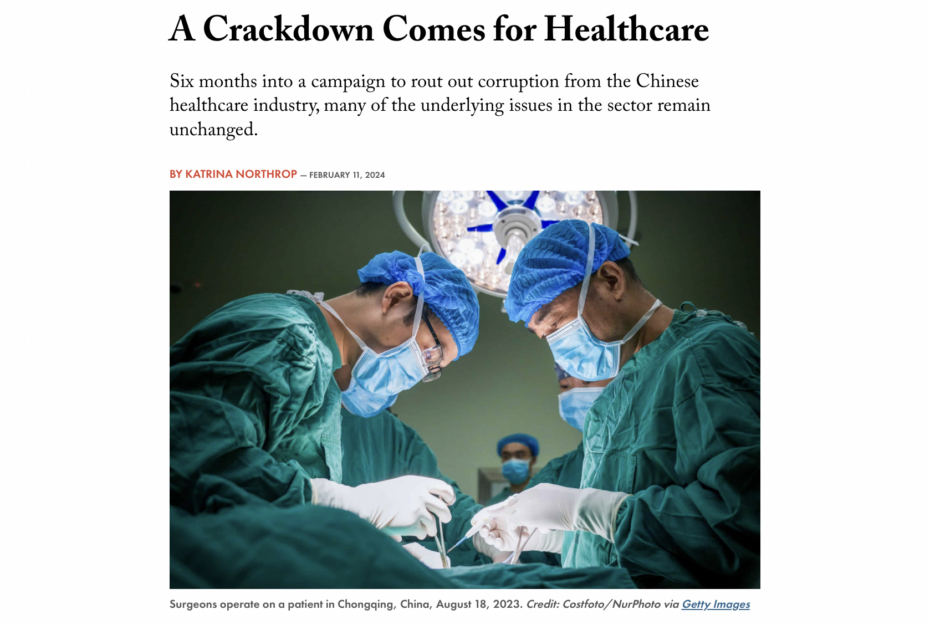On June 17-18, 2024, the Yangtze River Delta National Innovation Center (长三角国家技术创新中心) in Shanghai held the “Harvard-Yangtze River Delta Age-Friendly Social Technology Innovation” seminar series. The seminars explore the design and application of medical care technologies to empower and integrate the elderly in their social systems. The discussion of age-friendly social technologies is part of a broader effort to promote the sustainable development of global aging populations—and in particular, China’s.…
Continue reading “Exploring Age-Friendly Social Technology Innovations in China and Beyond”






